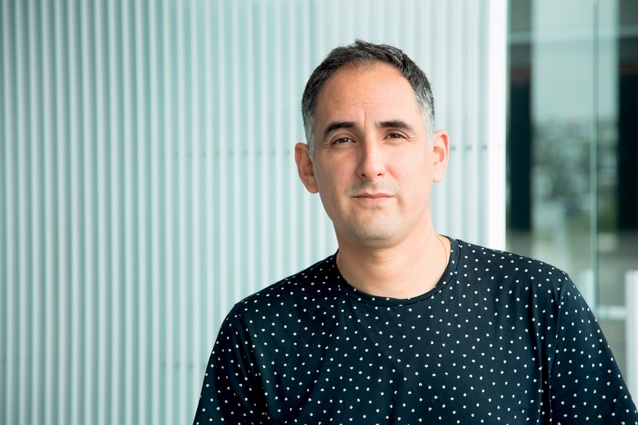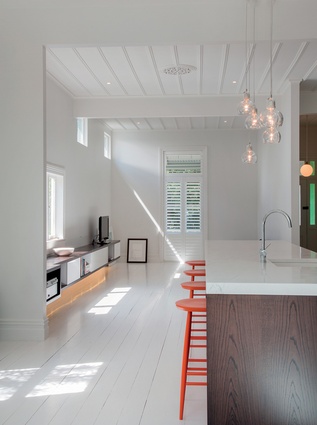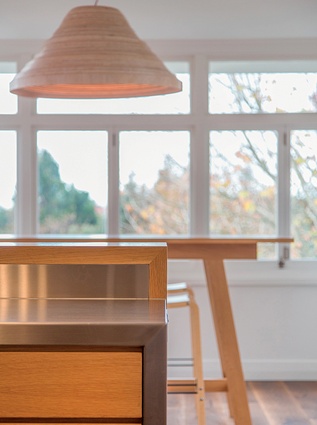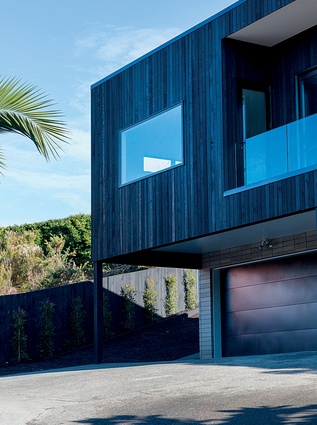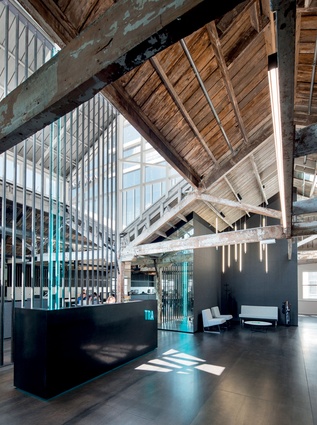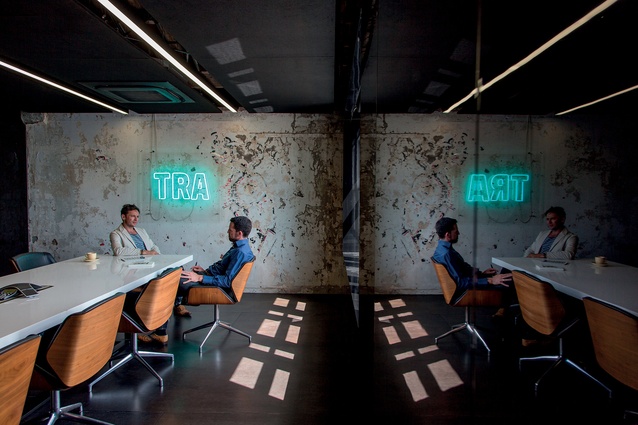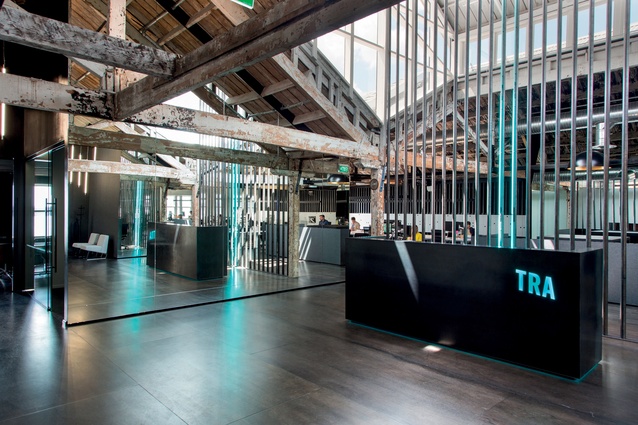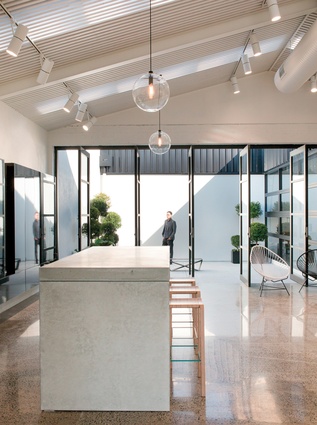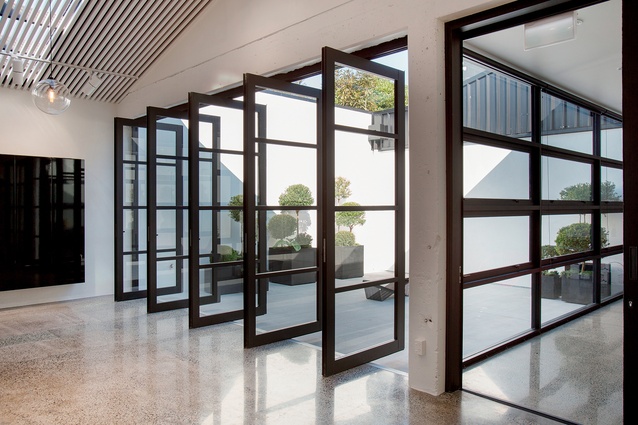Southern accents
New Zealand’s own Peruvian-born architectural designer José Gutiérrez talks heritage and the difference between lightness and flimsiness with Justin Foote.
Justin Foote: You moved to New Zealand when you were six years old; 30-odd years later, do you see yourself as being Kiwi?
José Gutiérrez: People say: ‘You’ve been here since you were six, you’re a Kiwi, get over it’. The thing is, growing up at home with mum and dad, inside the house there was Peruvian music and Peruvian food and everyone spoke Spanish; but as soon as you opened the door you were in New Zealand. My mates used to love coming over and hanging out: a little visit to a different world.
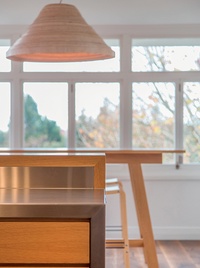
JF: Is the Peruvian culture something you hold dear to your heart?
JG: Most definitely, absolutely. When I was younger mum took us back every year or every couple of years and when I was older, I did a trip on my own, in the middle of studying architecture. That was really cool, going on my own, going to see Machu Picchu and all the cool architecture, the country. I’m really lucky to have that as well as Kiwi culture; it’s almost like having two psyches. For instance, it’s like I’ll find myself thinking in Spanish sometimes, or if I hit my thumb I might say something in Spanish; I think I’m quite fortunate to have that. My wife’s a Kiwi and has learned to speak Spanish, which I love, and my kids, obviously, were born here, but they understand Spanish, so it’s a big part of who I am for sure.
JF: Do you think there are aspects of your background in your architecture?
JG: Definitely, I was thinking about this a while ago: so what if my family hadn’t have moved? Would I still have done architecture, probably yes, but would the stuff that we’re creating be any different to what we’re creating here and I think totally, it would be. And vice versa, if I had just grown up here, I think it would be totally different as well.
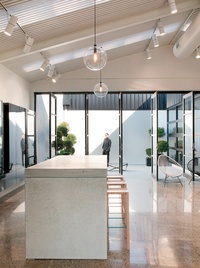
So I think, what I’m creating now is an amalgamation of the two. That said, I wouldn’t look at our architecture and say: oh man, this guy’s influenced by Peru or South America; but some essence of the two cultures – Latin American and Kiwi – has influenced what I do: my vision, my aesthetic, what I like, what I think is good and what isn’t good. Generally speaking architecture in Peru is really heavy, very permanent, which, in a way, is in complete contrast to what we do here, which is build in timber frame – generally, it’s a much lighter architecture.
To me, things have to have a bit of weight to them. I think good architecture is about creating tension and I think what we try to do is create tension between light and mass – and that falls into the area of context. For us, context is a key part of the way we design. A building should do something for its surroundings and have a dialogue with its surroundings, that’s really important.
Good architecture is the result of an architect who can listen – listening is such a key aspect of architecture – to what the client wants and needs and is then able to deliver that in an elegant way so that the result is one of substance, rather than having created this little microcosm that is only relevant to that one moment in time. If you look back on our projects they’re all elegant in their way. It’s interesting, because the more architecture you make the more refined your architectural language becomes.
JF: So how do you explore the context of a fit-out project, where you are effectively constrained by the existing four walls, and say, a blank canvas offered by a ‘greenfield’ site?
JG: With a fit-out project the context begins with the four walls, then you start getting into the materiality of what’s there, the patina that the existing building has, all those things build up the context. If we take the TRA project as an example, there was also the surroundings. It’s an old steel and timber building located across from the docks in Auckland, so that set up some pointers to what materials we chose – such as the meranti ply, which is used in boat building.
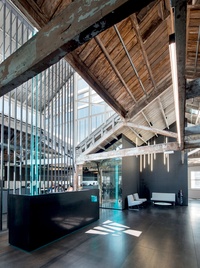
So there’s a contextual reference to the docks. Similarly, the steelwork that we introduced through the central void is, again, a reference to the area and a reference to the building, as well as serving to ground the fit-out into the building: into the whole context of where it is.
For a new build on a clean site, the context there depends on where it’s located. If it’s a site near the ocean then you’ve got pointers. Otherwise you look at things like if there are houses nearby, or other forms, maybe the history of the site and what used to happen there. If it’s a site in a new subdivision then that would be just as interesting because there’s no history and no character like TRA had, then all you’ve got to play off is the norm. That said, you’re presented with an opportunity to create a dialogue with the norm – to create a better version of it.
JF: You said earlier that New Zealand architecture tends to be quite light – do you see that as a New Zealand aesthetic?
JG: I think the New Zealand aesthetic is still in its early, crawling stage. What I mean when I say light, it’s more about grounding the building. I think you can create shade and lightness in a building without the end result looking flimsy. I’m not saying that all buildings should be concrete and mass and solidity but there’s a balance, it should be looked at and questioned.
Maybe the current method of construction and architecture is the right one for New Zealand but at least question it and have a go and explore it and ask: why does it have to be like that? The answer could be because xyz follows abc… or the answer could take us in a different direction entirely.

